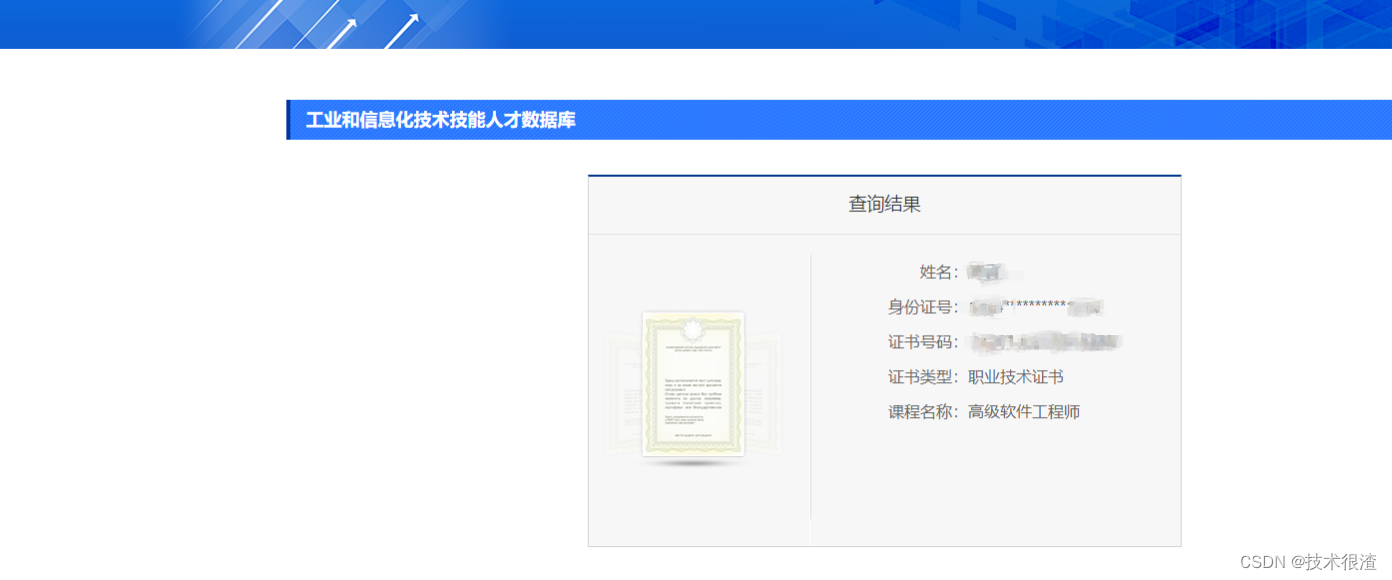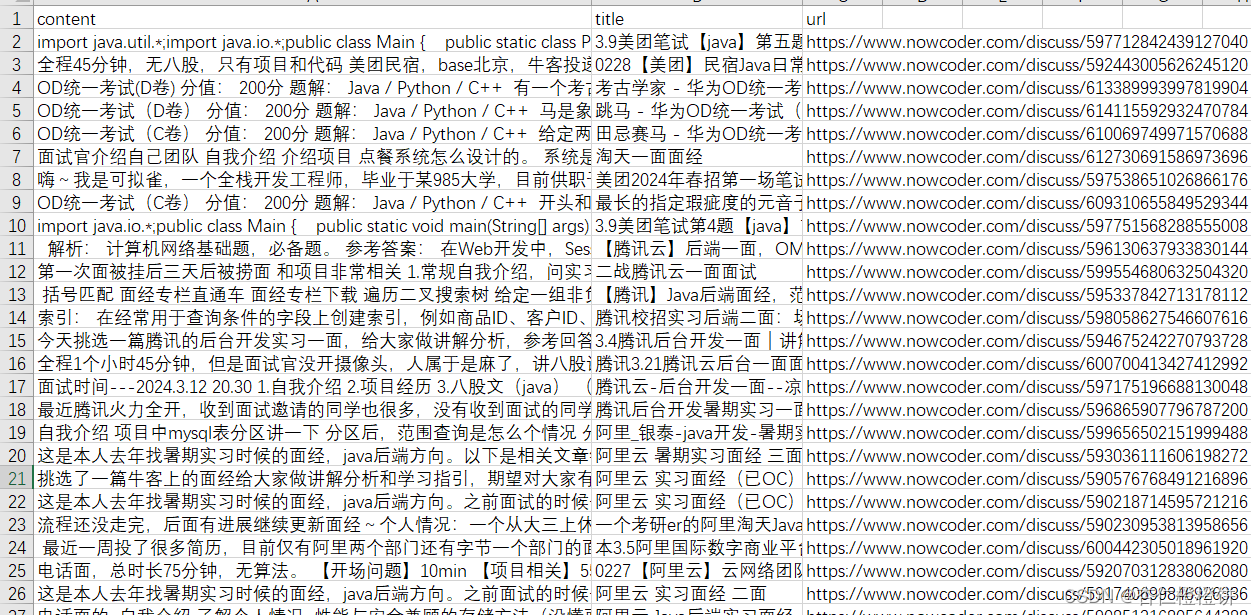CommandLineRunner 和 ApplicationRunner 是 Spring Boot 提供的两种用于在应用程序启动后执行初始化代码的机制。这两种接口允许你在 Spring 应用上下文完全启动后执行一些自定义的代码,通常用于执行一次性初始化任务,如数据库预填充、缓存预热等。
CommandLineRunner
CommandLineRunner 是一个简单的接口,它只有一个方法:
public interface CommandLineRunner {
void run(String... args) throws Exception;
}此接口的 run 方法接受一个字符串数组参数,代表命令行参数。这意味着你可以访问应用启动时传递给它的参数。如果实现 CommandLineRunner 接口的类被 Spring 扫描到,那么它的 run 方法将在应用启动完成且所有单例 Bean 被创建之后执行。
ApplicationRunner
ApplicationRunner 类似于 CommandLineRunner,但它提供了更丰富的功能,特别是它允许你访问 ApplicationArguments 对象:
public interface ApplicationRunner {
void run(ApplicationArguments args) throws Exception;
}ApplicationArguments 提供了对命令行参数的更高级访问,它能够区分选项和非选项参数,并能判断参数是否包含非选项参数。这对于需要处理复杂命令行参数的应用非常有用。
区别
主要的区别在于 ApplicationRunner 提供了对命令行参数的更精细控制,而 CommandLineRunner 则直接提供一个字符串数组。
执行顺序
如果存在多个 CommandLineRunner 或 ApplicationRunner 的实现,它们将按照 Bean 的定义顺序执行。如果需要自定义执行顺序,可以实现 Ordered 接口或使用 @Order 注解。
示例
这里是一个使用 CommandLineRunner 的示例:
@Component
public class MyCommandLineRunner implements CommandLineRunner {
@Override
public void run(String... args) throws Exception {
System.out.println("CommandLineRunner is running...");
}
}这里是一个使用 ApplicationRunner 的示例:
@Component
public class MyApplicationRunner implements ApplicationRunner {
@Override
public void run(ApplicationArguments args) throws Exception {
System.out.println("ApplicationRunner is running...");
if (args.containsOption("debug")) {
System.out.println("Debug mode is enabled.");
}
}
}示例执行结果

两者都是在 Spring Boot 应用启动完成后执行的,可以用来执行必要的初始化任务。


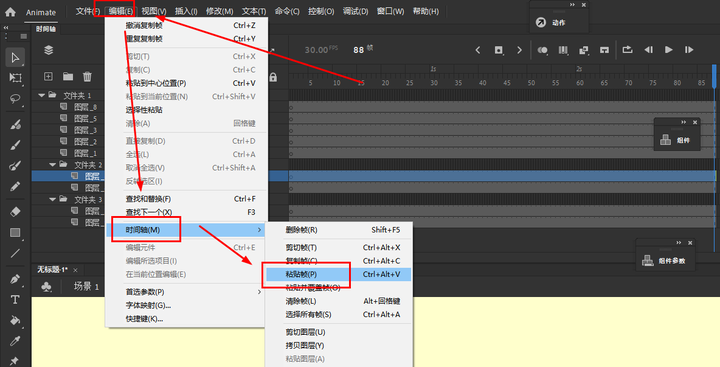


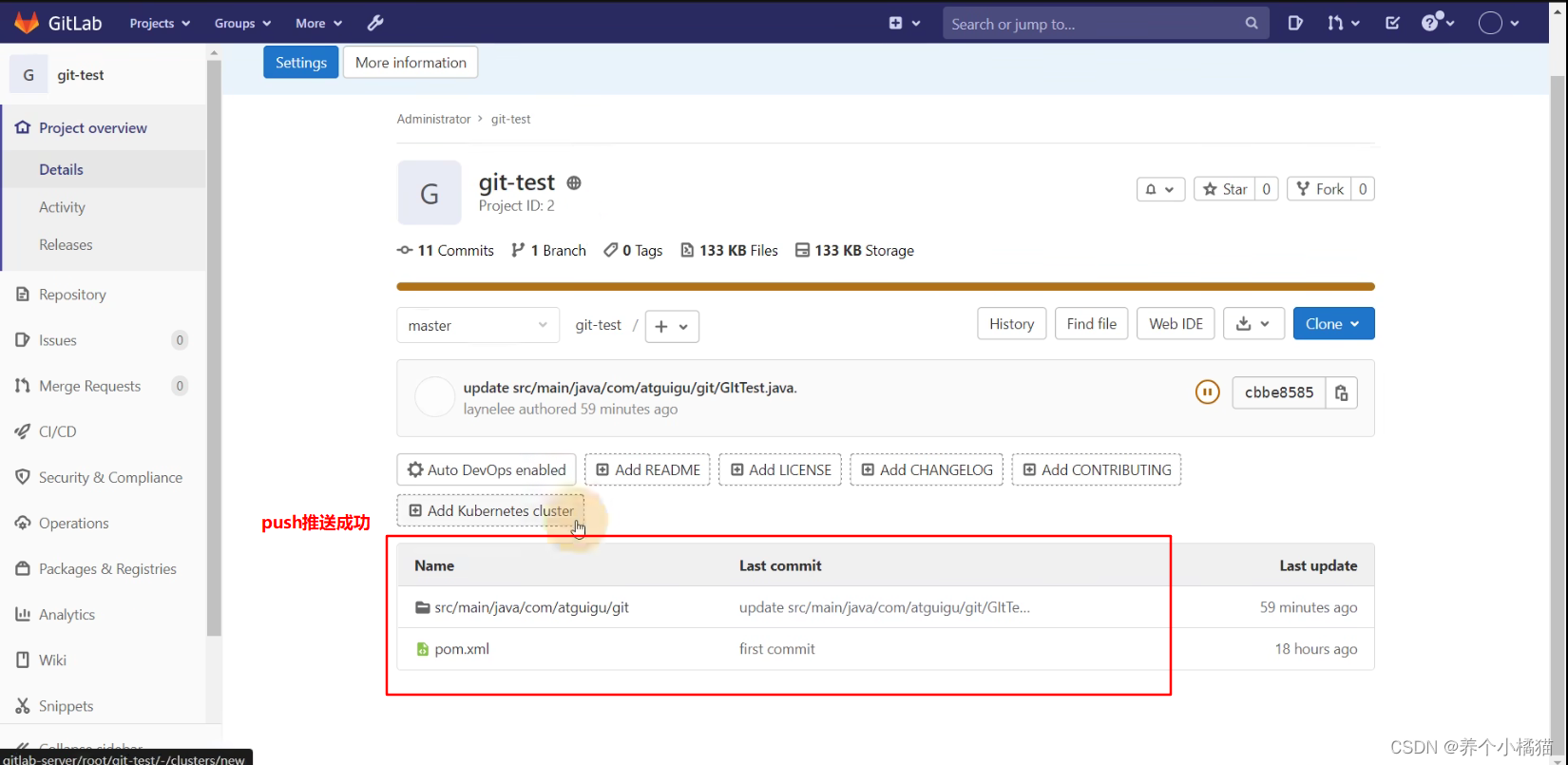
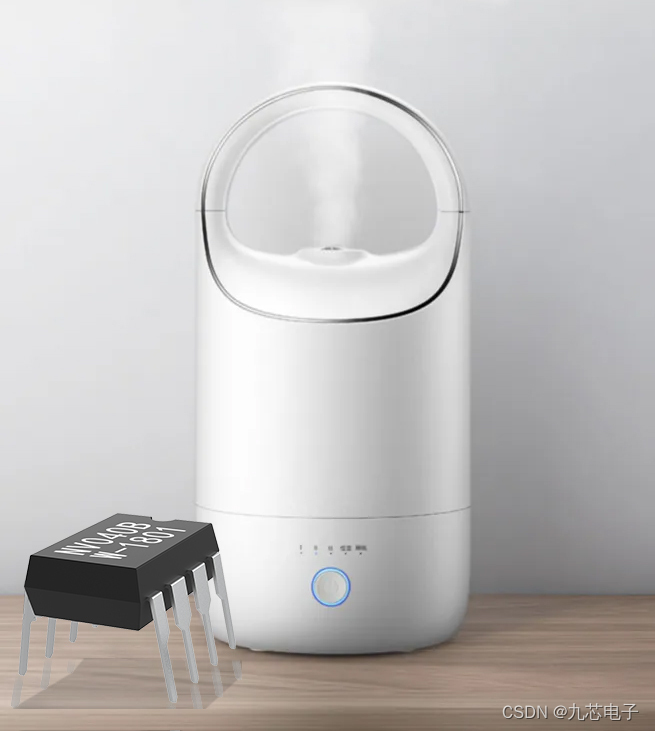


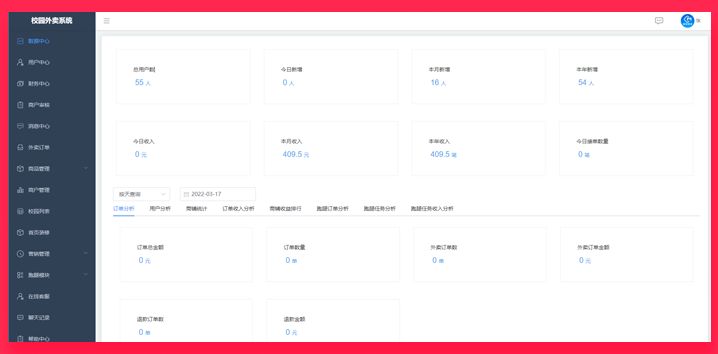


![[数据集][目标检测]睡岗检测数据集VOC+YOLO格式3290张4类别](https://img-blog.csdnimg.cn/direct/df5087939f7e44b49256a7569f95370d.png)
